
Polyphemus Moth
Antheraea polyphemus
11.5 cm wingspan
Fun fact:
One of the largest moths in the United States.
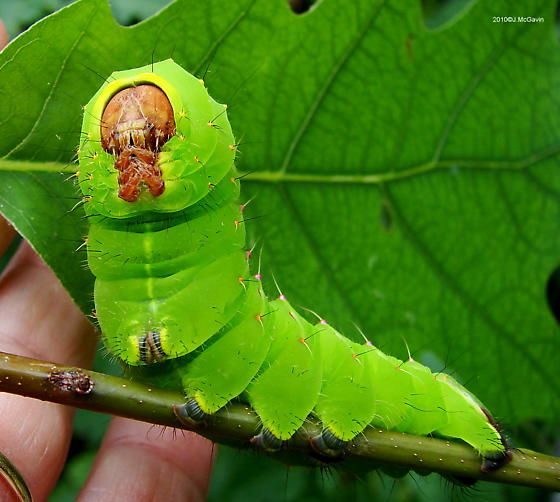
Polyphemus Moth
Antheraea polyphemus
4 cm length

Clear-Winged Humming Bird Moth
Hemaris sp.
5 cm wingspan
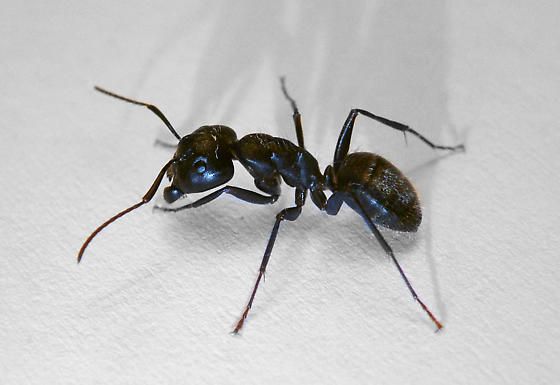
Carpenter Ant
Camponotus sp.
1 cm length
Fun fact:
These ants herd and tend aphids as livestock.
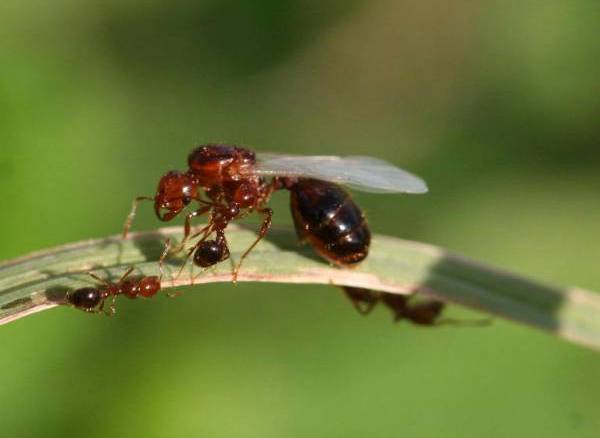
Red Imported Fire Ant x2
Solenopsis invicta
.5 cm length
Fun fact:
Ants develop wings when they are ready to mate.
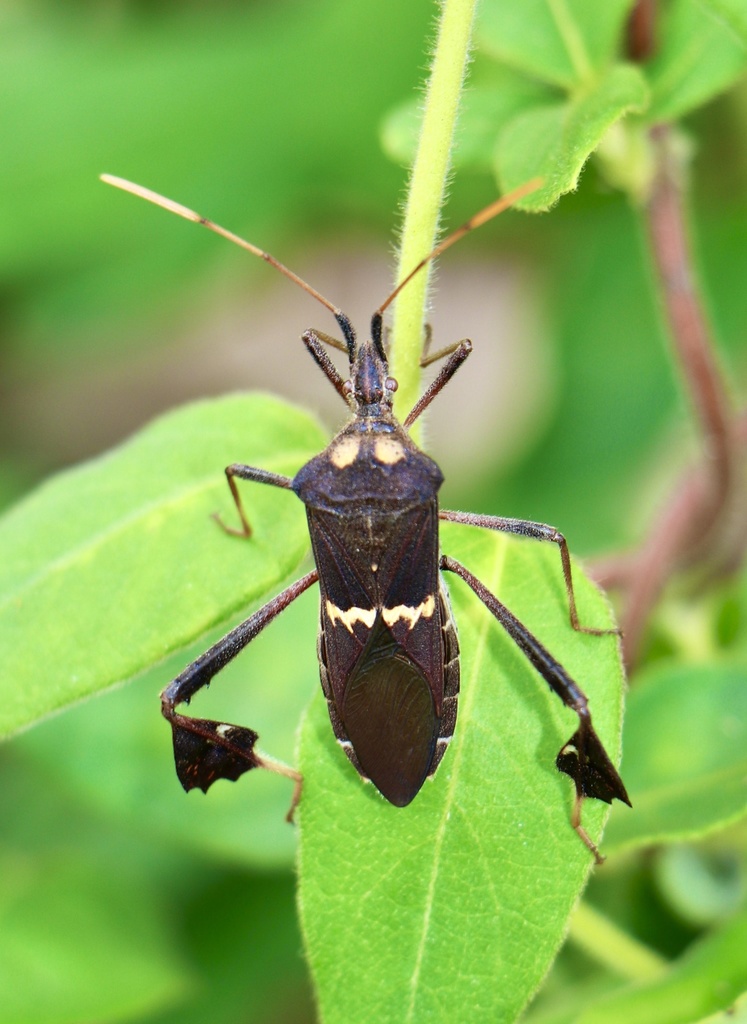
Leaf-footed Bug x2
Leptoglossus zonatus
2.5 cm in length
Fun fact:
This species of Leaf-footed bug is the most destructive to gardeners.
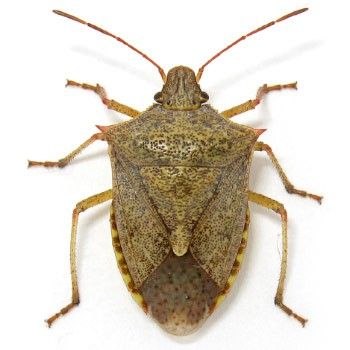
Brown Stinkbug
Halyomorpha sp.
1 cm in length
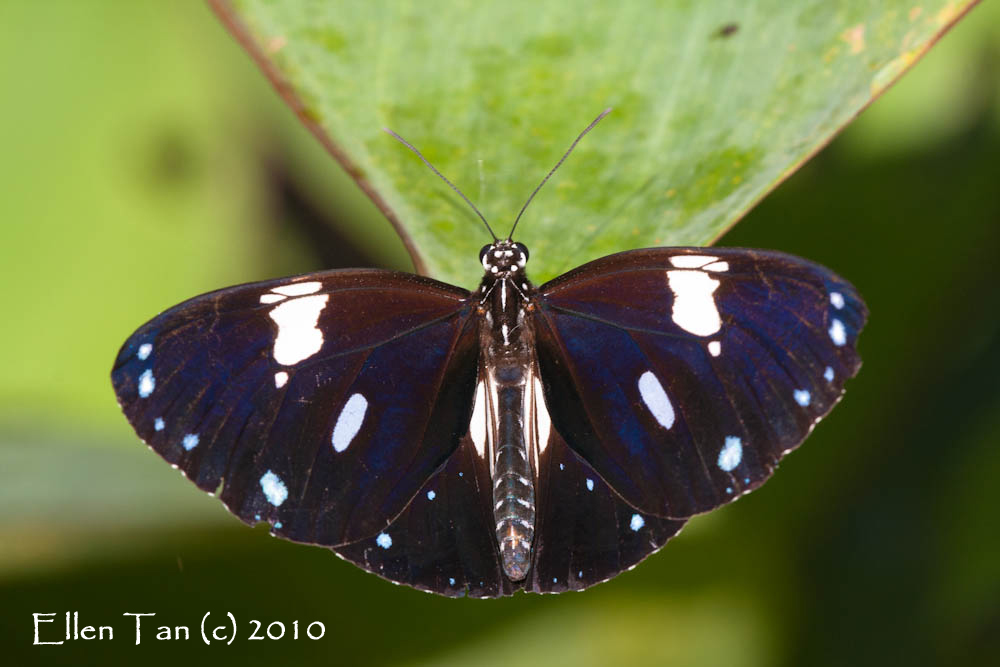
Magpie Crow Butterfly
Euploea rhadamanthus
7.5 cm wingspan
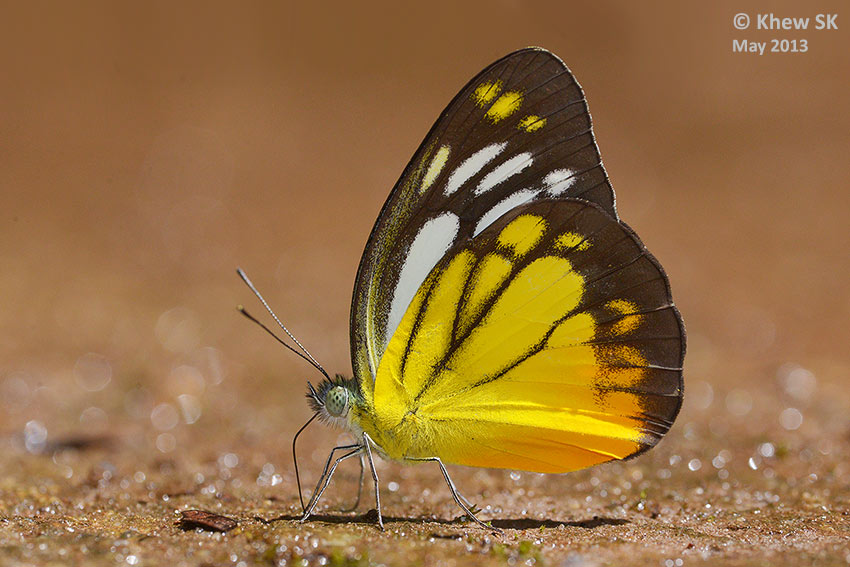
Orange Gull Butterfly x2
Cepora iudith
5.5 cm wingspan

Chocolate Albatross Butterfly x2
Appias lyncida
6 cm wingspan
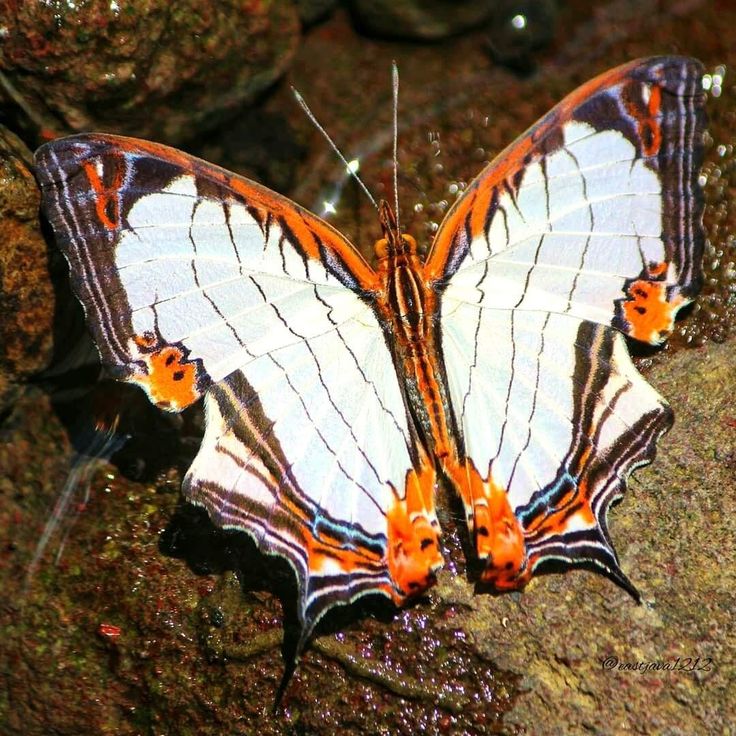
Straight-line Map-wing Butterfly
Cyrestis nivea
5 cm wingspan
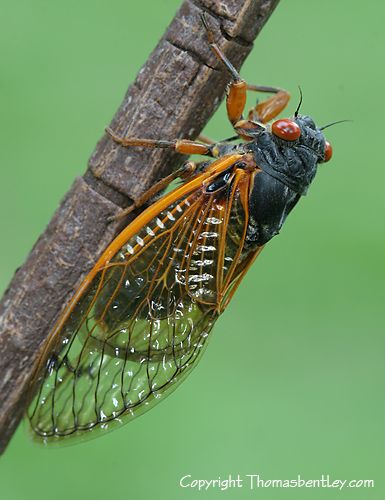
Periodical Cicada
Magicicada sp.
7 cm wingspan
Fun fact:
Periodical cicadas are burrowed underground during their development stage for 13 to 17 years. When they mature into adults and live above ground, they only live for a few weeks.
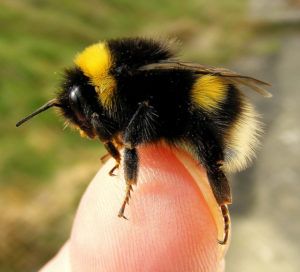
Bumblebee
Bombus sp.
1.5 cm length
Fun fact:
The term "bumblebee" was first recorded in this quote from 1530, "I bomme, as a bombyll bee dothe."
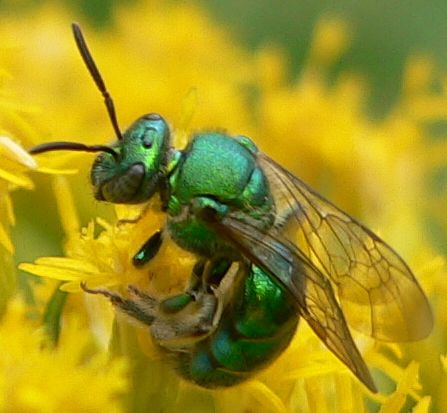
Sweat Bee
Family Halictidae
1 cm length
Fun fact:
Sweat bees are called that because they are genuinely attracted to sweat.
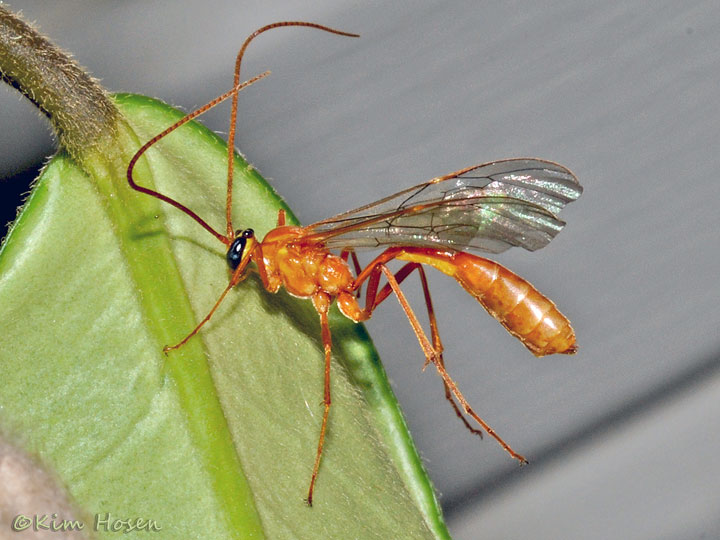
Short-tailed Ichneumonide Wasp
Family Ichneumonidae
1.5 cm length

Ichneumon Wasp
Family Ichneumonidae
2 cm length
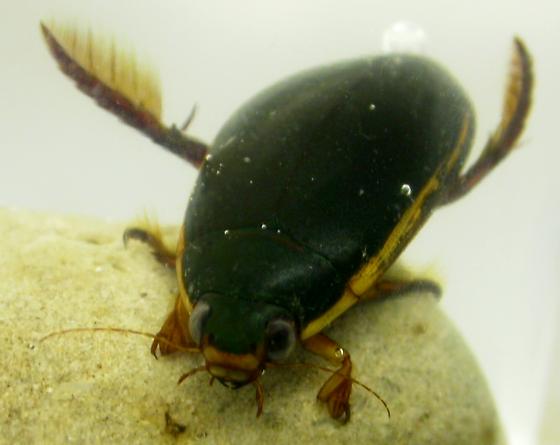
Predaceous Diving Beetle
Family Dytiscidae
1 cm length
Fun fact:
They are can be found in almost every kind of fresh water habitat.

Grapevine Beetle
Pelidnota punctata
2.5 cm length
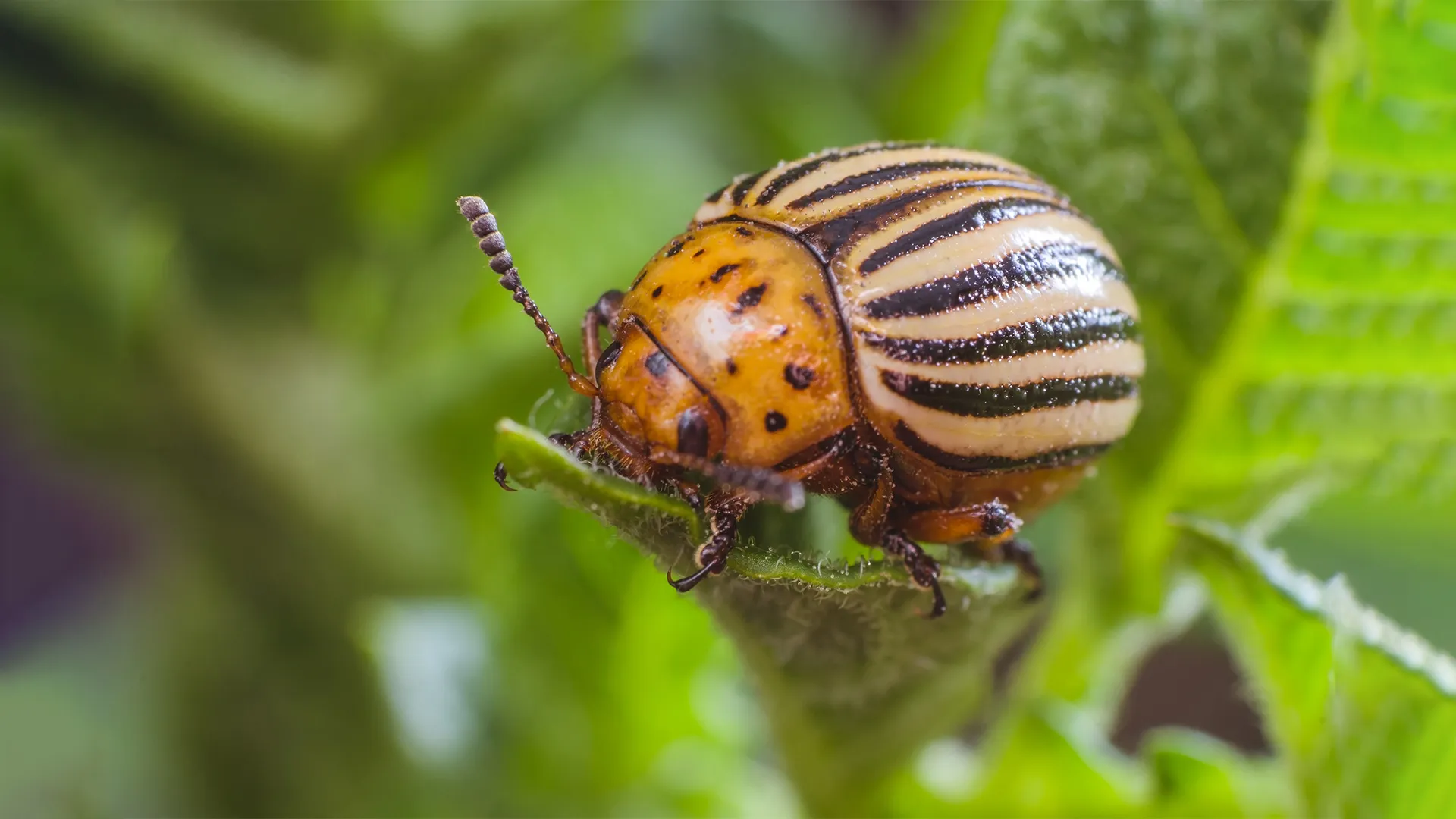
Colorado Potato Beetle
Leptinotarsa decemlineata
1 cm length

Horse Fly
Family Tabaninae
1.5 cm length
Fun fact:
They will aggressively try to bite you.
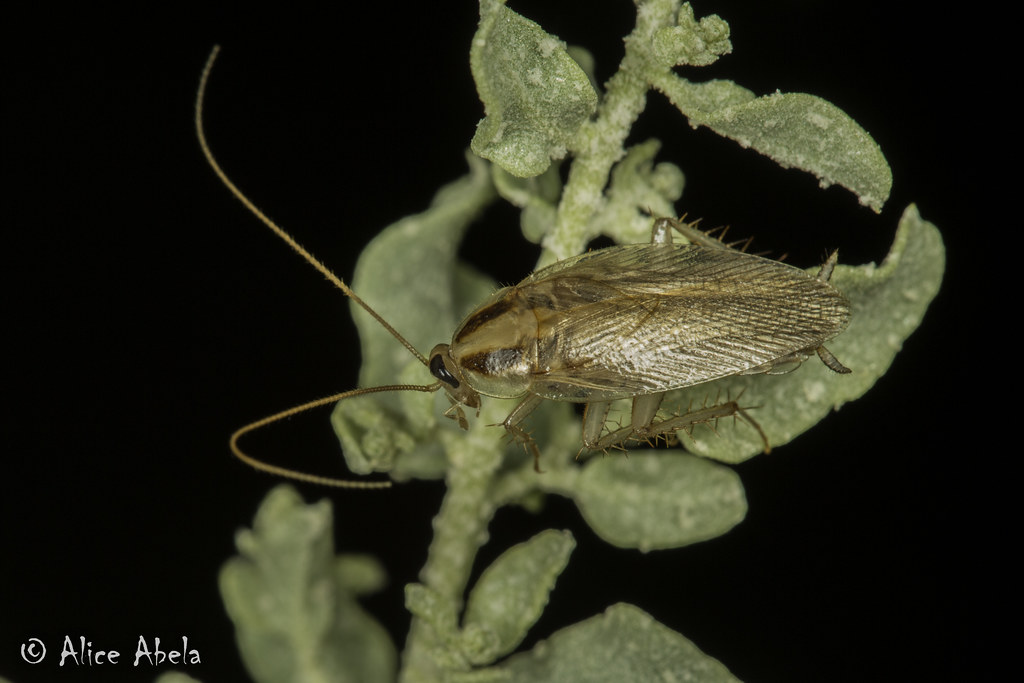
Cockroach
Order Blattodea
1.5 cm length
Fun fact:
Cockroaches have the ability to compress their bodies to withstand a force 300 times their body weight when traversing small crevices.
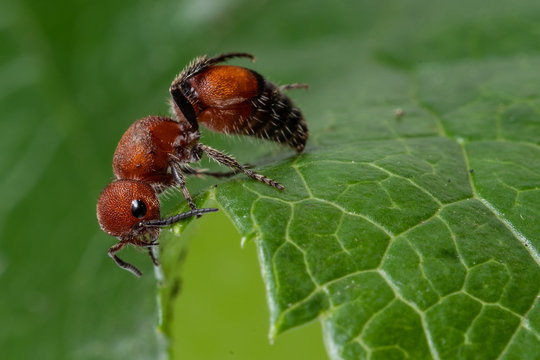
Velvet Ant
Family Mutillidae
2 cm length
Fun fact:
Velvet ants are actually wasps. They have an extremely tough exoskeleton, allowing them to invade nests of stinging bees and wasps.
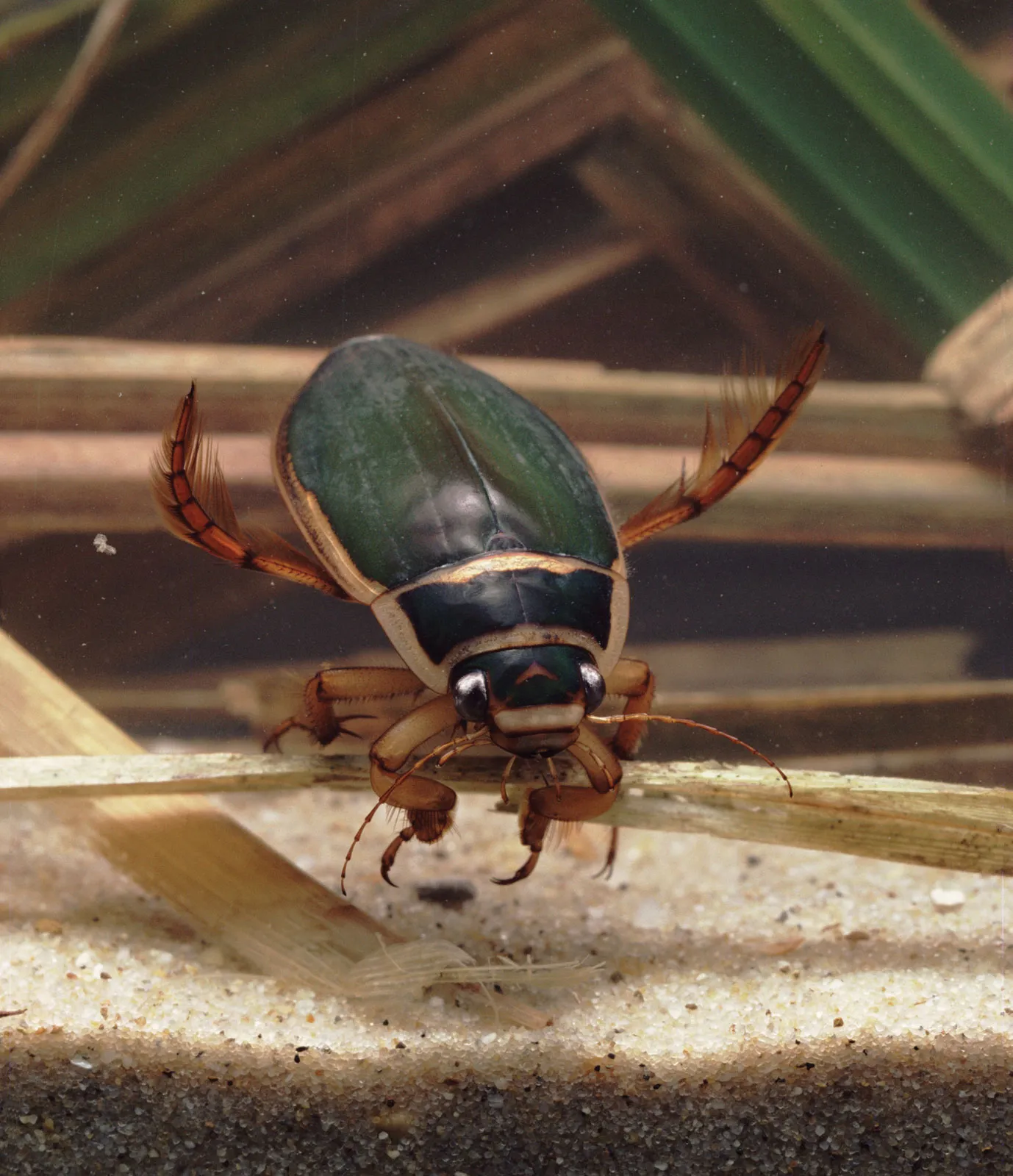
Giant Water Scavenger Beetle
Hydrophilus sp.
3 cm length
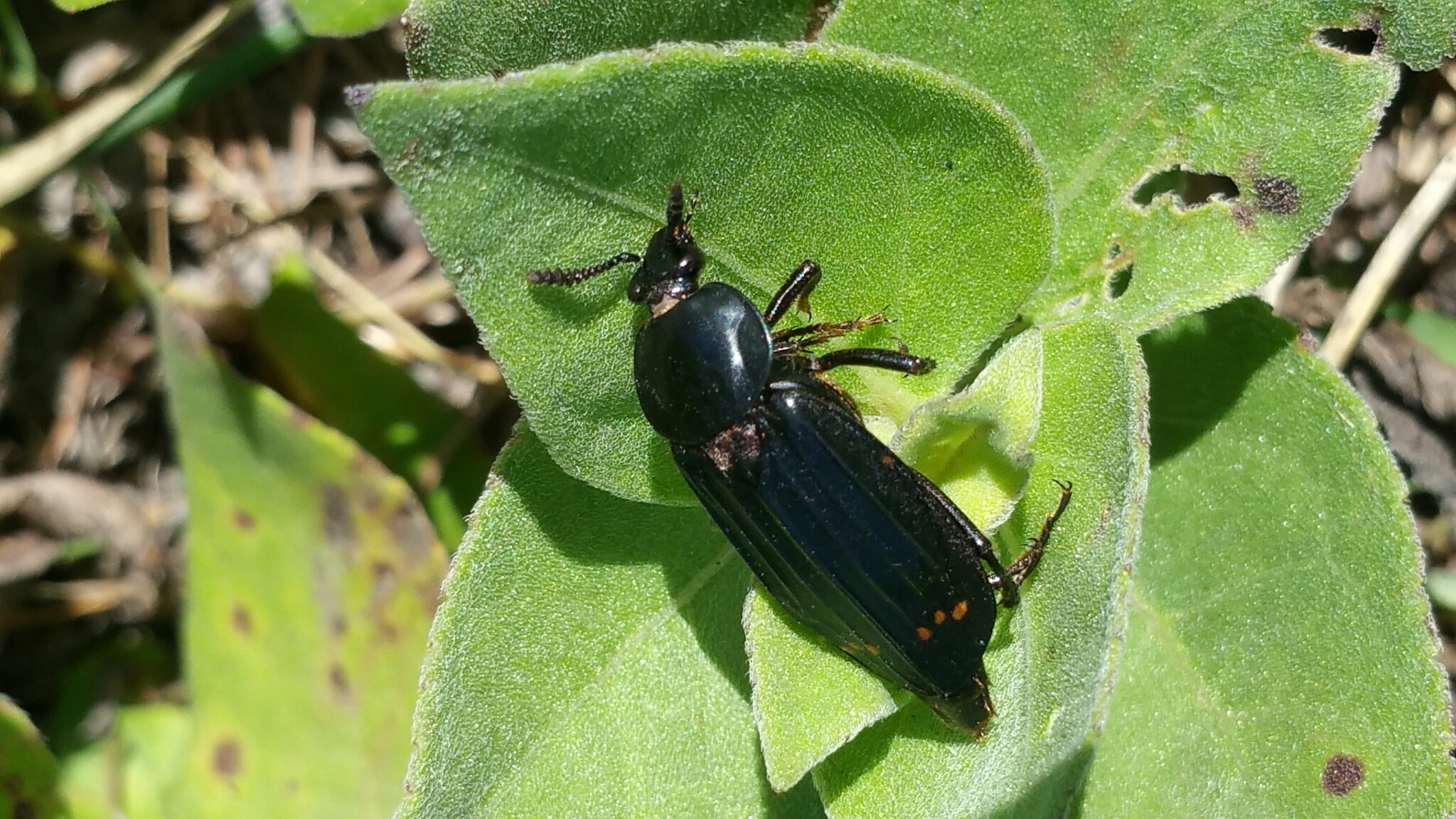
Red-lined Carrion Beetle
Necrodes surinamensis
2 cm length

Click Beetle
Family Elateridae
2 cm length
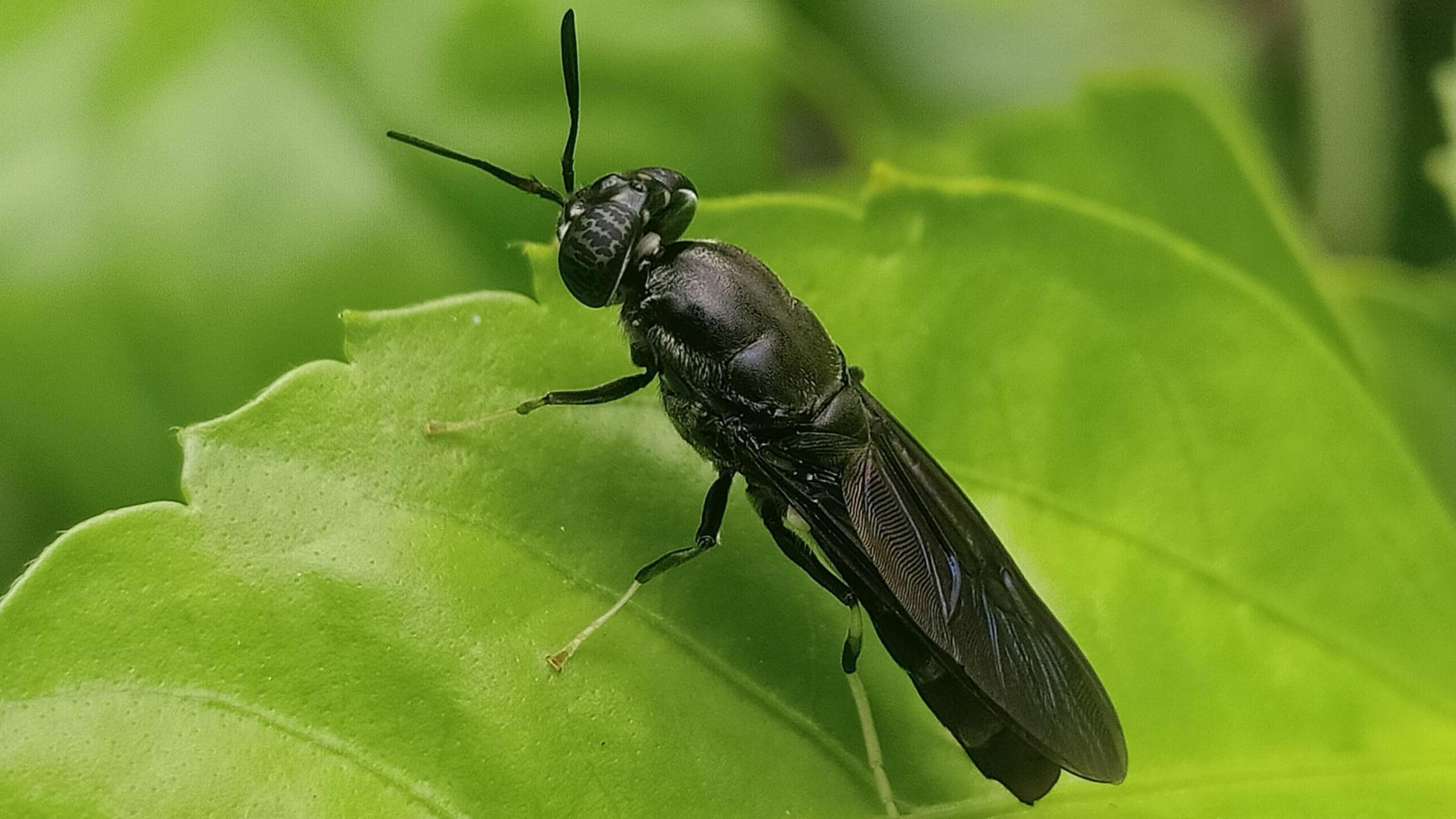
Black Soldier Fly
Hermetia illucens
2 cm length

Spider Wasp
Family Pompilidae
1 cm length
Really cool battle between a Tarantula Hawk and its prey: https://youtu.be/mq8916ZbjfE?si=p_xMLkntmLB5XfCG
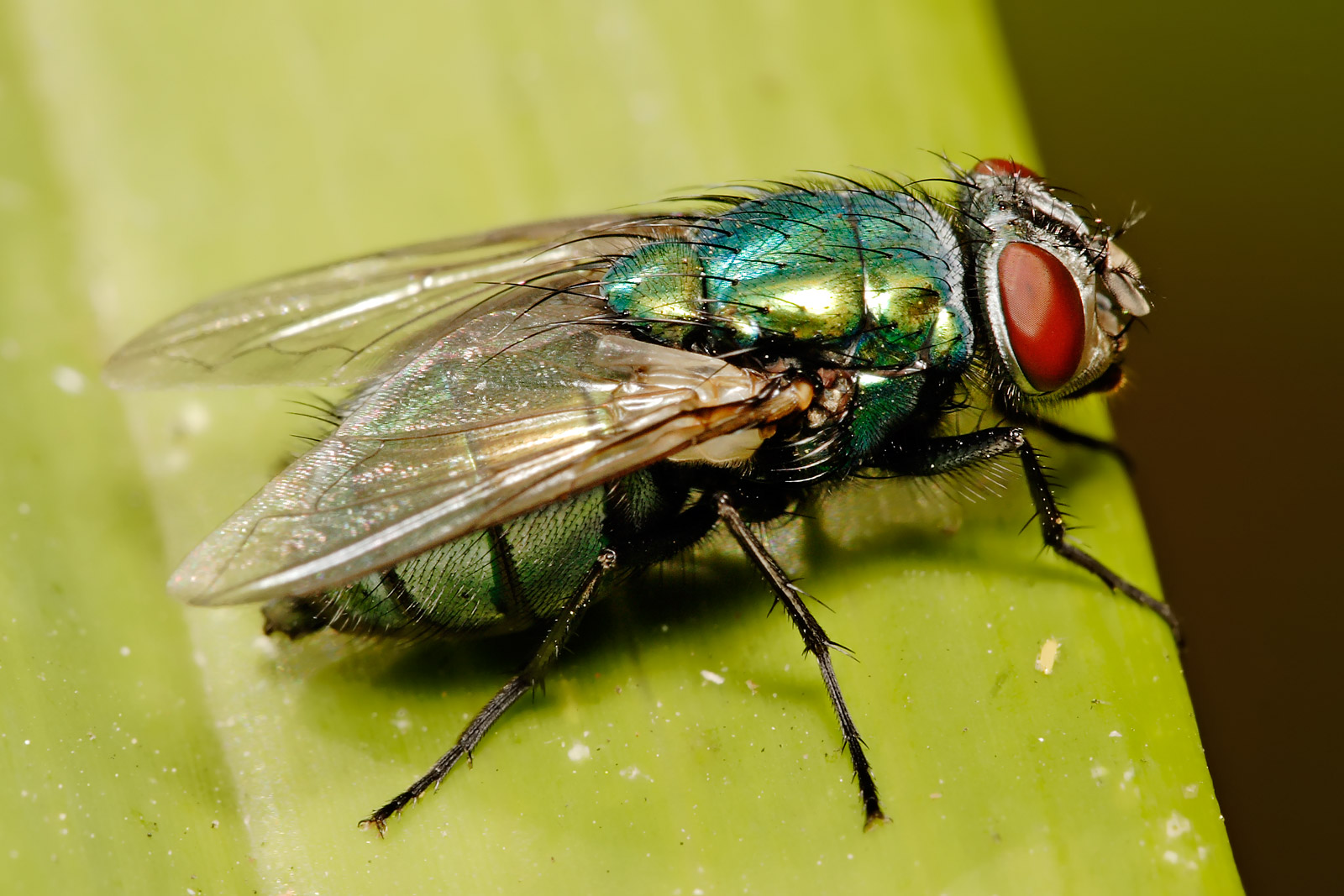
Blow Fly
Family Calliphoridae
1 cm length
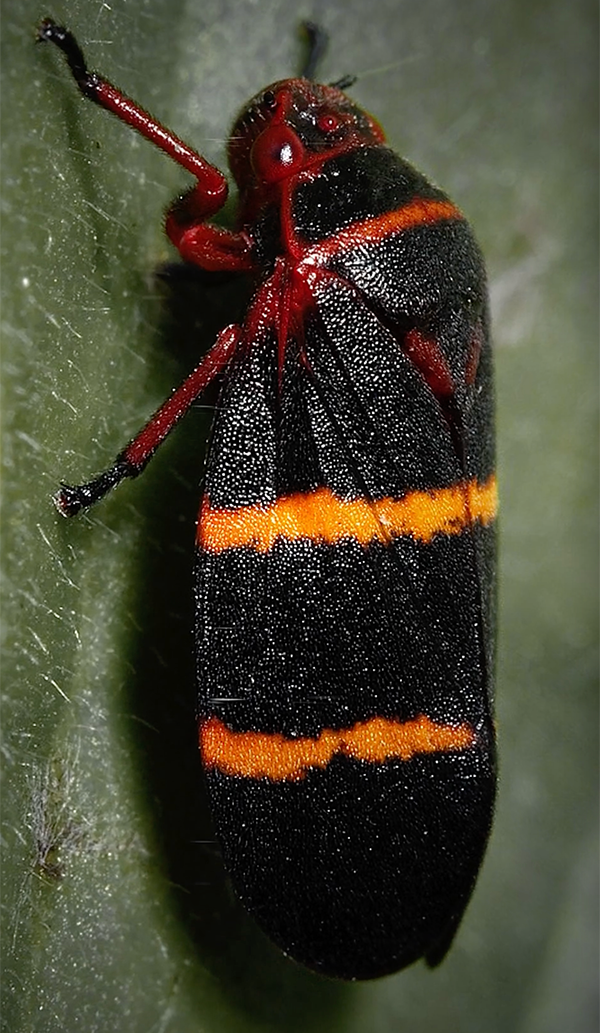
Two-lined Spittlebug
Prosapia bicincta
1 cm length
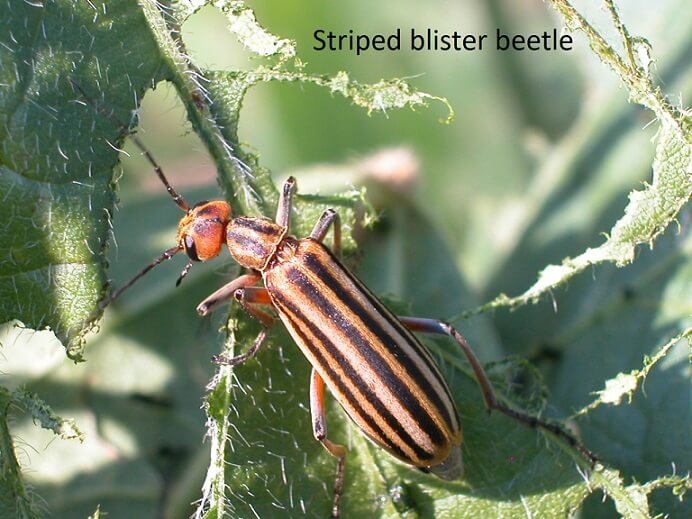
Stripped Blister Beetle
Epicauta vittata
2 cm length
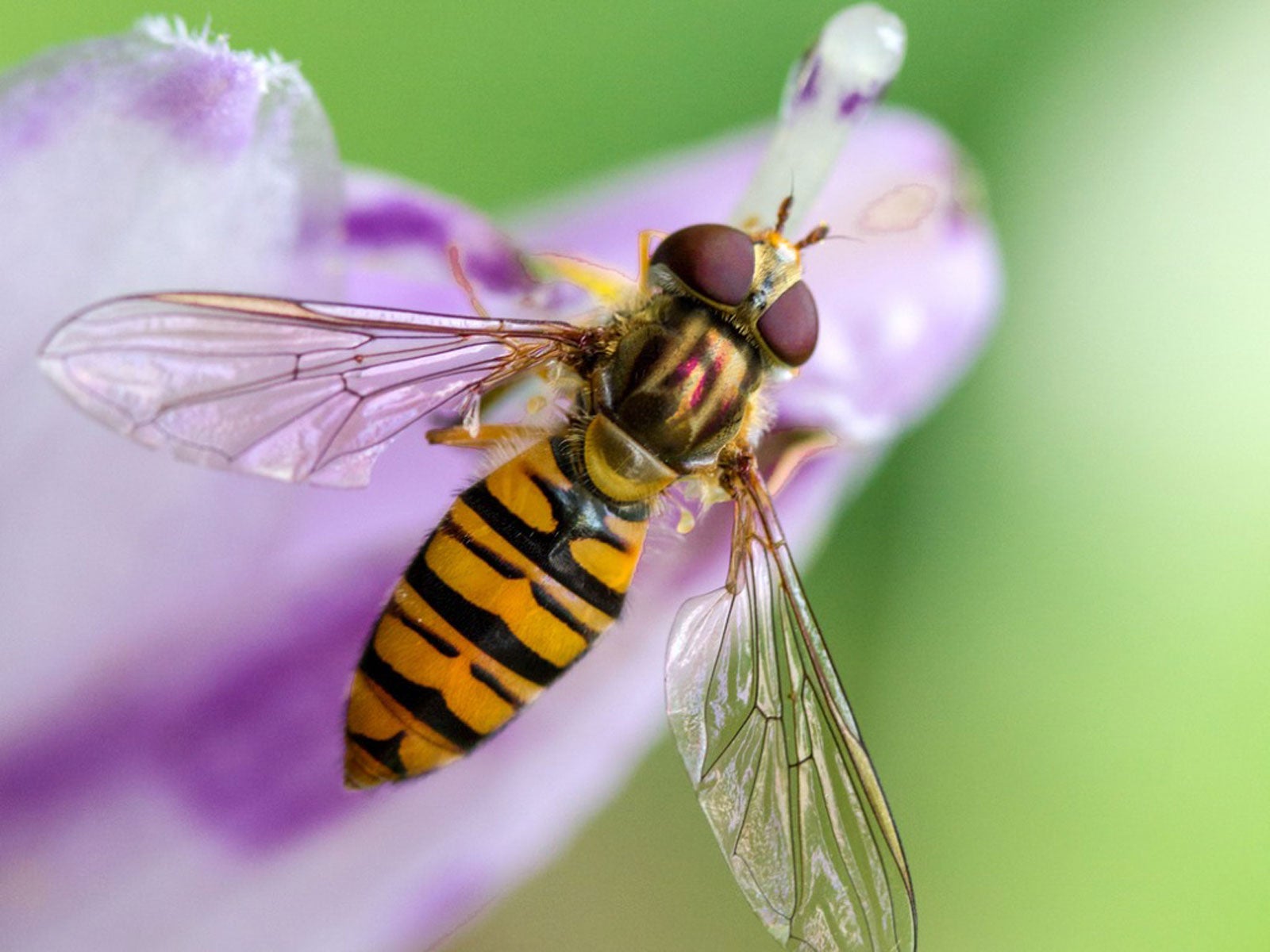
Hover Fly
Family Syrphidae
1 cm length
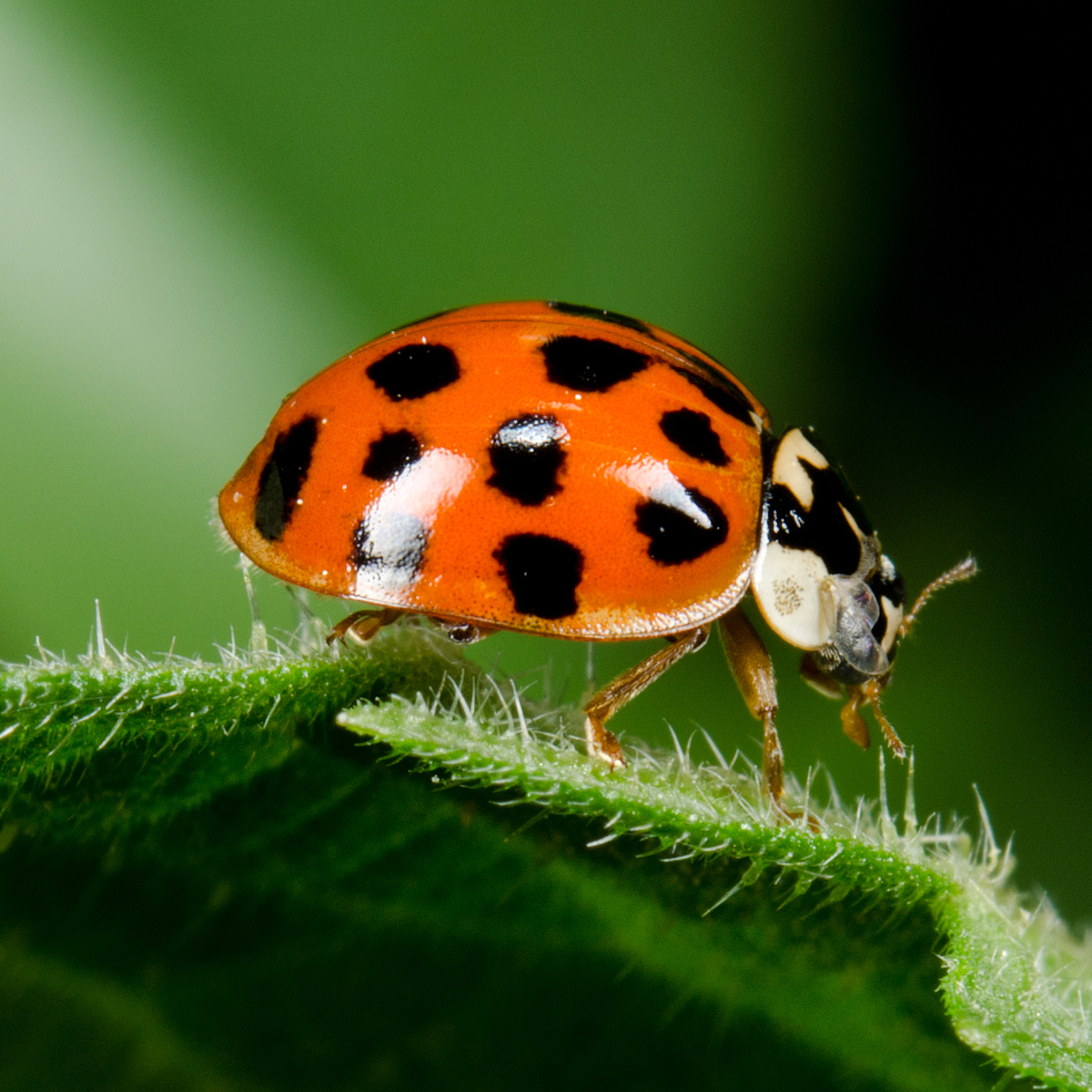
Harlequin Lady Beetle x3
Harmonia axyridis
1 cm length
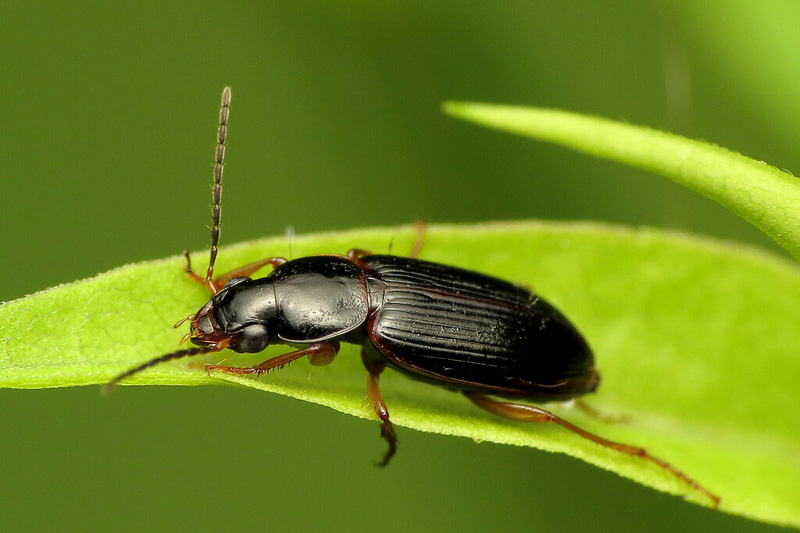
Ground Beetle
Family Carabidae
2.5 cm length

Robber Fly
Family Asilidae
1.5 cm length

Leafhopper
Family Cicadellidae
.5 cm length
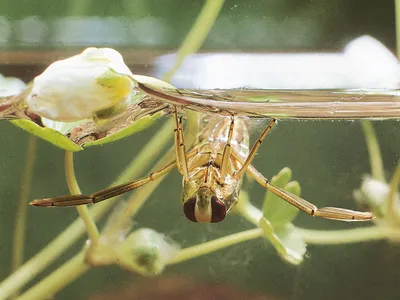
Backswimmer
Family Notonectoidea
1 cm length
Fun fact:
They bite. And it hurts a lot. Do not pick them up.
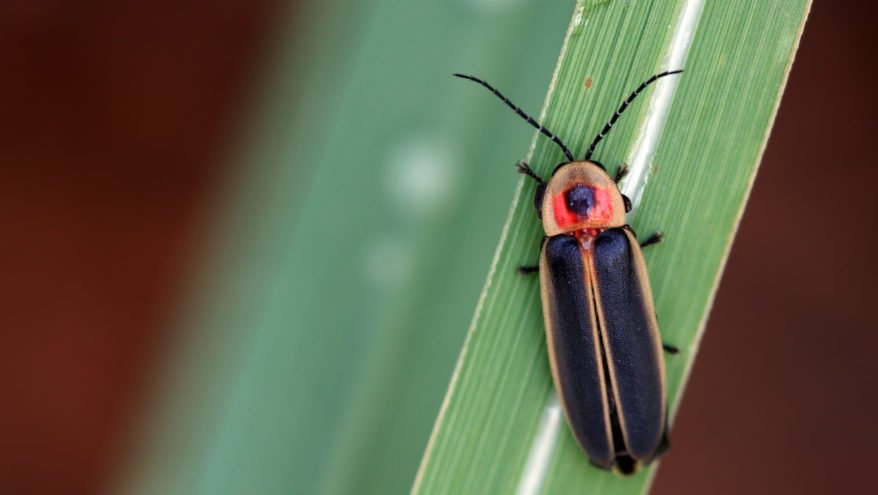
Firefly
Family Lampyridae
1 cm length
Fun fact:
They emit light due to a chemical process in order to attract mates.

Bristle Fly
Family Tachinidae
1.5 cm length
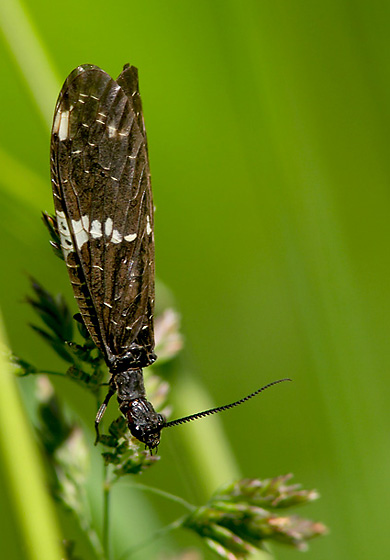
Fishfly
Subfamily Chauliodinae
2.5 cm length
Fun fact:
I fucking hate these things. They are impossible to pin.
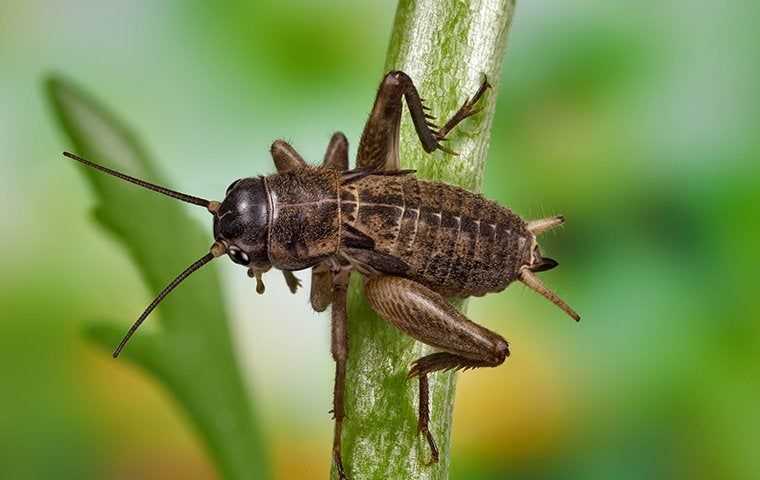
Cricket
Infraorder Gryllidea
3.5 cm length

Grasshopper x2
Infraorder Acrididea
5 cm length, 3 cm length
I am an Entomology hobbyist that specializes in moths, ants, and Pentatomomorphs.
Currently, there are 48 insects in my collection.
Please forgive any mistakes when it comes to identification. Some insects on this list were not specified when I received them.